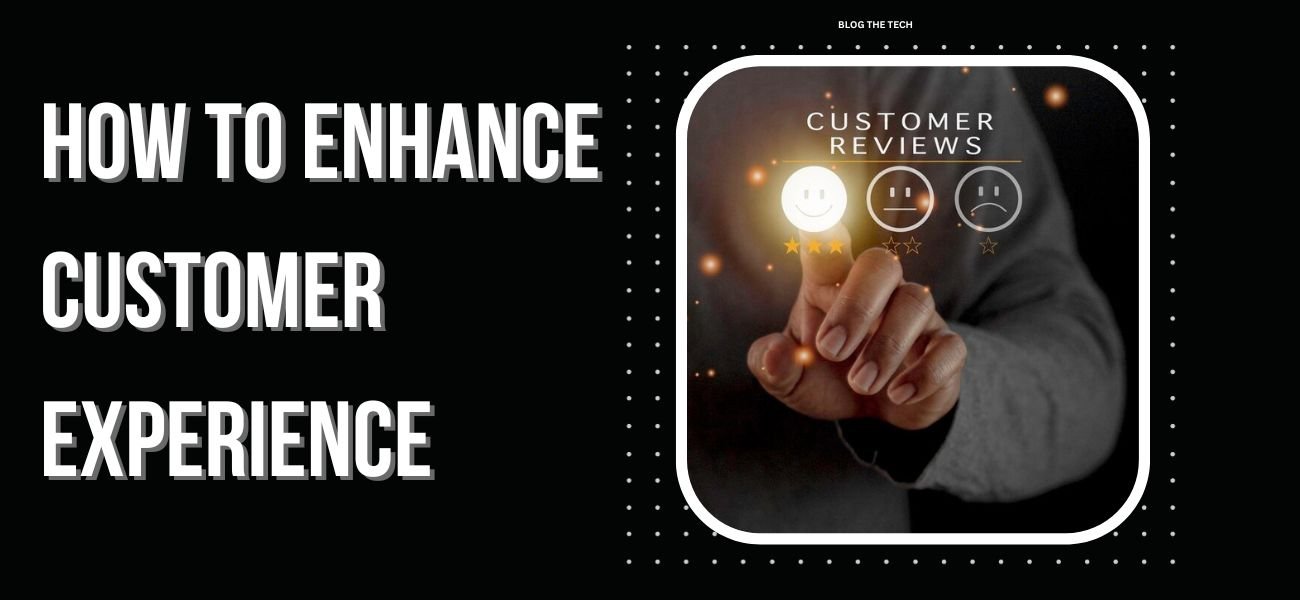In today’s competitive market, exceptional customer experience (CX) is no longer a luxury—it’s the primary driver of loyalty and growth. Research from sources like Gartner shows that the majority of companies expect to compete almost entirely on the basis of CX. While quality products are still essential, the modern battle for customers is won through seamless, personalized, and responsive interactions.
This is where digital transformation comes in. By integrating modern technology into every area of your business, you can fundamentally change how you operate and deliver value to your customers. Let’s explore how.
What is Digital Transformation?
Digital transformation is not just about adopting new software or moving to the cloud. It is a comprehensive cultural and operational shift to a customer-centric model. It involves reimagining your business processes, culture, and customer interactions to meet the expectations of today’s digital-first world. The goal is to become more agile, efficient, and responsive to customer needs.
5 Ways Digital Transformation Enhances Customer Experience
Here are five actionable strategies to leverage digital tools for a better customer journey.
1. Create a Seamless Omnichannel Experience
Modern customers interact with brands across multiple touchpoints—your website, mobile app, social media, and physical stores. An omnichannel strategy ensures this experience is consistent and connected. They shouldn’t have to repeat themselves when switching from a chatbot to a human agent.
- Action Steps: Integrate your customer data into a central platform (like a CRM). Enable features like “buy online, pick up in-store,” provide consistent support across all channels, and ensure a customer’s cart or conversation history follows them from one device to another.
2. Leverage Data for Deep Personalization
Generic marketing no longer works. Digital transformation enables you to collect and analyze customer data, delivering highly personalized content and offers. This makes customers feel understood and valued, significantly increasing engagement and conversion rates.
- Action Steps: Use customer data from past purchases and browsing behavior to power a product recommendation engine on your website. Implement dynamic email marketing that tailors content to individual user segments. Personalize the user’s homepage experience based on their known interests.
3. Embrace Intelligent Automation and AI
Advances in Artificial Intelligence (AI) have revolutionized customer service. Modern AI-powered systems go far beyond basic chatbots, offering 24/7 support, handling complex queries, and freeing up human agents to focus on high-value interactions. Recent studies show a growing customer preference for the instant, always-on support that AI provides.
- Action Steps: Implement an AI-powered chatbot on your website to instantly answer common questions. Utilize automation to streamline ticket prioritization and automate follow-up emails. This reduces response times, allowing your team to serve customers more efficiently.
4. Empower Customers with Self-Service Portals
Today’s customers are resourceful; they often prefer to find answers on their own before contacting support. A comprehensive self-service portal respects their time and provides immediate solutions.
- Action Steps: Build a detailed online knowledge base or FAQ section. Create a customer portal where users can track orders, view their purchase history, and manage their account details without needing to contact an agent. This reduces the burden on your support team and empowers your customers.
5. Gather and Act on Real-Time Feedback
Digital tools make it easier than ever to listen to your customers. Understanding their pain points and suggestions is critical for continuous improvement. The key is not just to collect feedback, but to analyze it and take meaningful action.
- Action Steps: Use digital tools to deploy post-purchase surveys, monitor social media mentions, and analyze customer reviews. Identify common themes and use this data to inform product development, update your processes, and improve your service delivery.
Frequently Asked Questions (FAQ)
- What is the first step in digital transformation for a small business?
- Start by understanding your customer journey. Map out every touchpoint a customer has with your business and identify the biggest pain points. Your initial focus should be on using technology to solve those specific problems.
- Is digital transformation just about technology?
- No. Technology is an enabler, but true transformation is about a shift in mindset and culture. It requires leadership buy-in, employee training, and a company-wide commitment to putting the customer first.
- How do you measure the ROI of a better customer experience?
- Key metrics to track include customer satisfaction (CSAT) scores, Net Promoter Score (NPS), customer lifetime value (CLV), and customer churn rate. Improvements in these metrics are directly linked to increased revenue and profitability.
The Future is Digital and Customer-Centric
Technological change is constant, but one principle remains timeless: businesses that win are those that best serve their customers. Digital transformation provides the tools and strategies to achieve this at scale. By embracing these changes, you can not only enhance customer satisfaction and loyalty but also create a more efficient and resilient business for the future.

